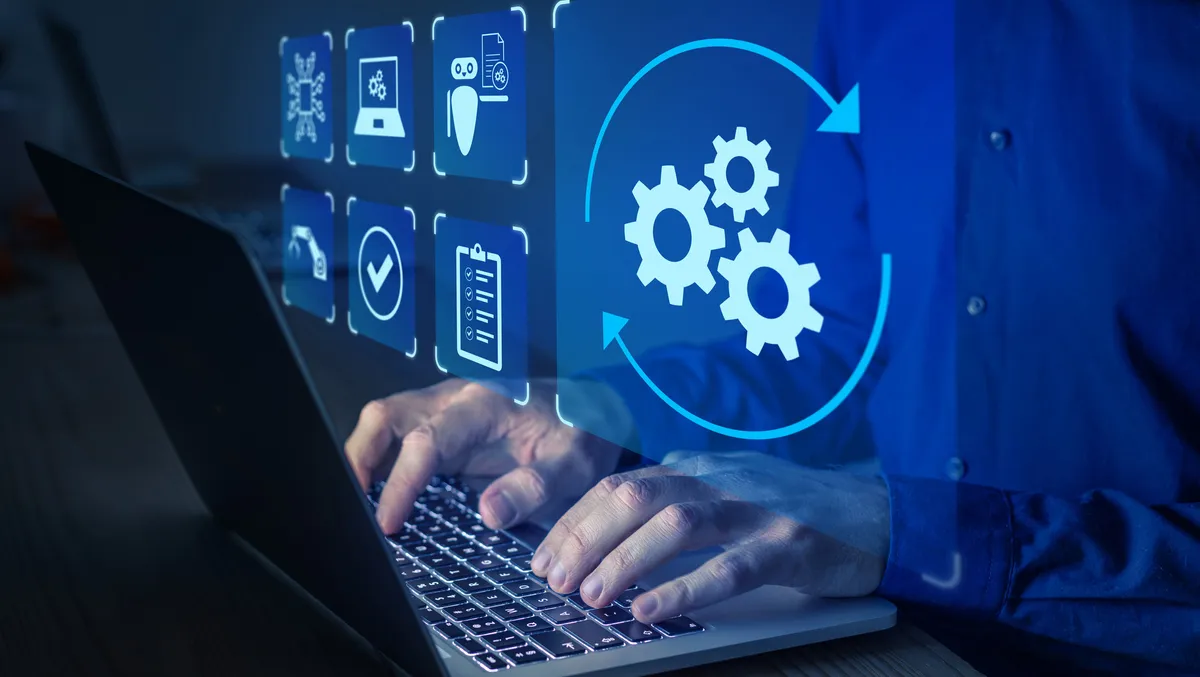
The next-generation simulation engine
Digital twins have become a major part of operational excellence in recent years. Originally developed as a way to replicate the physical world in virtual form, they now play a prominent role in forecasting and in planning future scenarios.
With the addition of process mining and machine learning (ML), Simul8 has now taken this technology to new levels of power and accuracy, creating the next-generation simulation-based digital twin engine.
Digital twins
The basic premise of digital twins is simple. A physical object or process fitted with sensors will provide information to map out a virtual twin, for example, a production line in a manufacturing plant or a picking system in a warehouse facility. Or alternatively, the focus of the twin could be resources, such as the availability of staff or equipment, or activities, such as movement through a workplace or the time needed to complete a task.
This twin can run alongside the real-life version but be used to simulate alternative scenarios to test ways to streamline the process or troubleshoot possible challenges. It all aids extremely accurate decision-making.
If you think digital twins will require a considerable amount of investment in thousands of IoT devices to supply a constant stream of information, however, you would be wrong. Today, models of processes can be built with relative ease. And then, using simulation, customers are able to obtain an accurate reflection of the current versus future state, which is invaluable in decision-making. Simul8 has put making digital twins as accessible and easy to use at the very heart of its product development. And it gets better than that too.
There's a natural progression to the next stage of the technology when the content of the twin is combined with the latest machine learning and process mining techniques. By using neural networks, users will be able to gain greater insights into the business processes than ever before.
Process mining
Process mining gets to the heart of what's happening within any IT system. It does this by monitoring and analysing real-life processes constantly. The areas where it can particularly assist, according to Gartner, are in discovery and analysis, auditing and compliance, automation, digital transformation, and IT processes.
Organisations are only just starting to get to grips with the technology, but this is changing. Gartner states that "the process mining market is forecast to keep growing between 40-50% and will pass $1 billion by the end of this year."
So, with its capabilities of identifying and leveraging business information, process mining makes a perfect partner for simulation.
Machine-learning
Where does machine learning fit in? Simul8's machine learning technology implementation provides the fine-tuning type to complement digital twin technology. This is because of the way that Simul8 uses ML to create digital twins automatically without the need for physical intervention. By using information from process mining and combining it with insights on decision rules from machine learning, users are able to build new twins and begin making decisions quickly and with greater accuracy.
The next-generation simulation engine
Simul8 has created the best of both worlds. Combining modelling software with process mining technology uses data gathered from digital twin implementation to create significantly more accurate simulations of different business scenarios. It is then the addition of ML that takes this to the next level, providing a way to automate the process of understanding a system and its rules so that other digital twins can be built and put into operation much quicker than ever before.
The world of digital twins is changing. Divorced from the need for physical constructs, the technology can be combined with simulation techniques to provide more timely data. Simul8 has taken this new approach and brought the very latest advances in machine learning and process mining to create the next generation of simulation engines. This approach will enable organisations to fine-tune simulations to far greater effect, speeding up decision-making so that the benefits of making the best possible decisions can be felt quicker than ever before.

